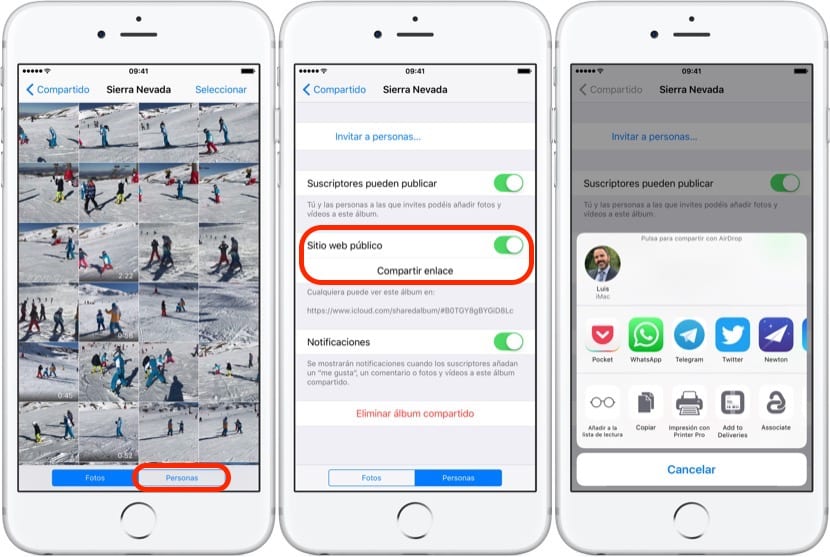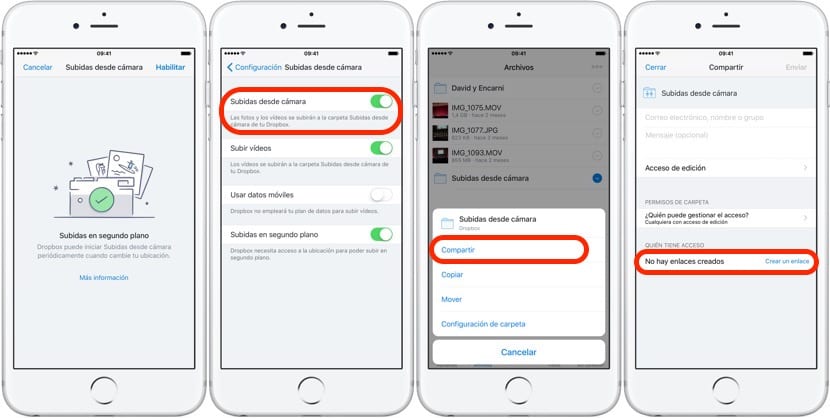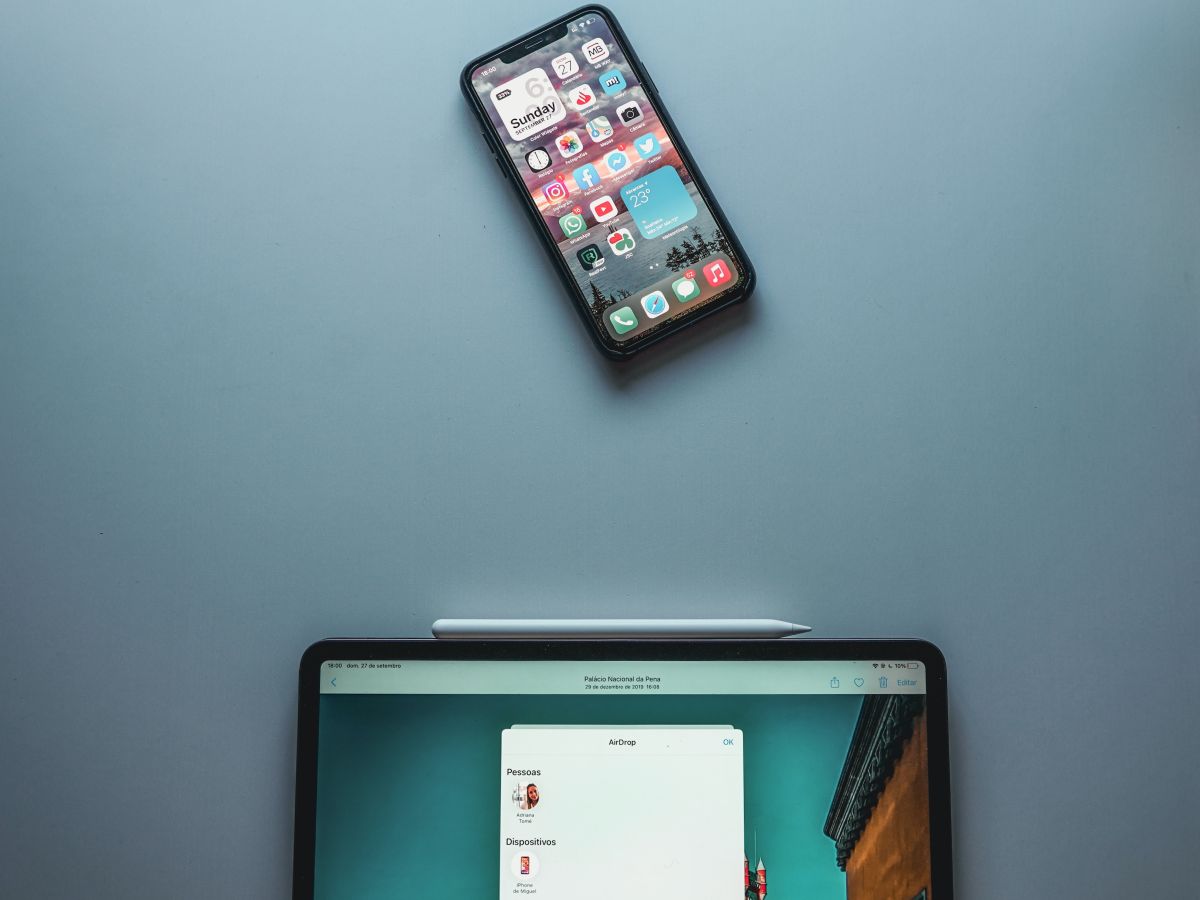
The iPhone is becoming one of the most widely used cameras. Gone are those times when small compacts were the queens of social events, and now smartphone cameras have become inseparable companions, thanks among other things to the significant improvement in their quality, as well such as the enormous possibilities they offer us, such as geolocation, the possibility of immediately sharing them on social networks and even editing them on the fly. But there is something that they also allow us to do and that is really useful: share all the photos with a group of people so as not to have to resort to emails or WhatsApp to send them. They even allow the option for everyone to include their photos and create a collaborative album. It is very easy and there are also options for all tastes. We explain it to you below.
iCloud Photos, without leaving home

Obviously Apple offers us its own alternative thanks to the iCloud Photo Library and its shared albums. If you are a user of the iCloud library, or even if you are not, you can always create albums that will be uploaded to your personal cloud and that you can share with other usersWho, if you allow it, will even be able to upload their own photos. It's very simple, the first thing to do is create the shared album by selecting the photos you want to include and using the "Shared Photos" option. We can add them to an album already created or to a completely new one. You can then choose with whom you share it, selecting them from your address book, or leave it blank and make it public through a link.

Once the album is created, open it and at the bottom you will find the "People" option where you can configure the sharing options, allow others to edit it, or create a public link with which anyone who has it can view those photos. A perfect way to share an album and collect all the photos from the wedding or birthday party together, and without the need for third-party applications.
Google Photos, the alternative

Google offers us an option very similar to Apple, and it doesn't matter if we have an iPhone or Android. Google Photos is a cloud storage service that allows you to upload all your photos without space limits, although with nuances. Creating a shared album so that others can receive all the photos is even easier than in Apple's option, since you only have to select the photos and the option «Shared album» will appear directly. As with Apple, we can directly choose which people we want to receive it or copy the link and that anyone with it has access.
Dropbox, the usual

Talking about a cloud storage service and not talking about Dropbox is a sin, so we also include the alternative offered by the eternal multiplatform service. Dropbox allows us to make a backup copy of our photos in your cloud, automatically. If this option is activated, we will have a folder called "Uploads from camera" that we can share by clicking on the right arrow. If we only want to share some, then we create our folder and click on its arrow. Once shared, we can create a link to send it to the recipients, configure access levels, etc.
Three alternatives for a very useful task
Sending photos via WhatsApp is an inexcusable loss of quality when we are using cameras on the level of the iPhone 7 Plus. Most email services do not allow you to send and / or receive emails with large attachments, and photos are taking up more and more space. Using cloud storage services is becoming more and more useful in everyday life, and sharing entire photo albums is no exception.
